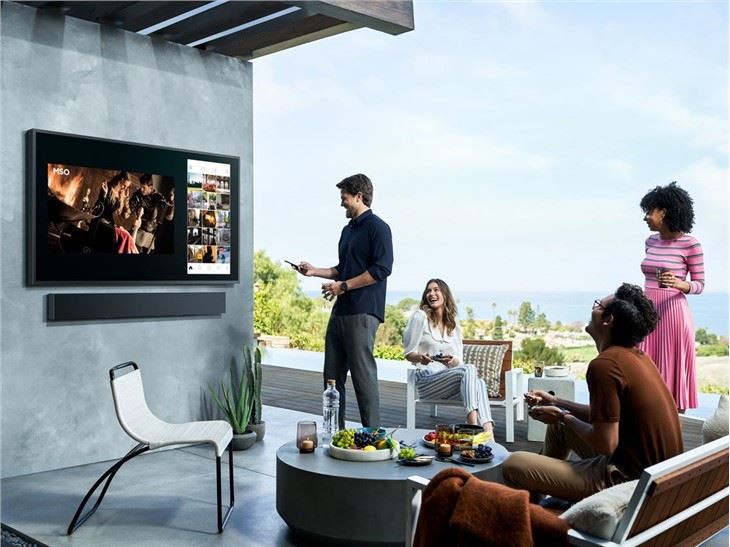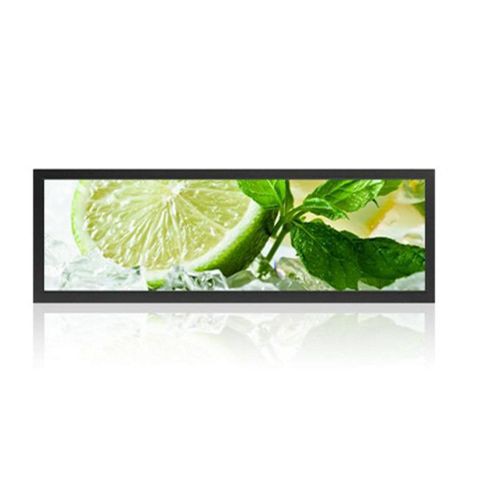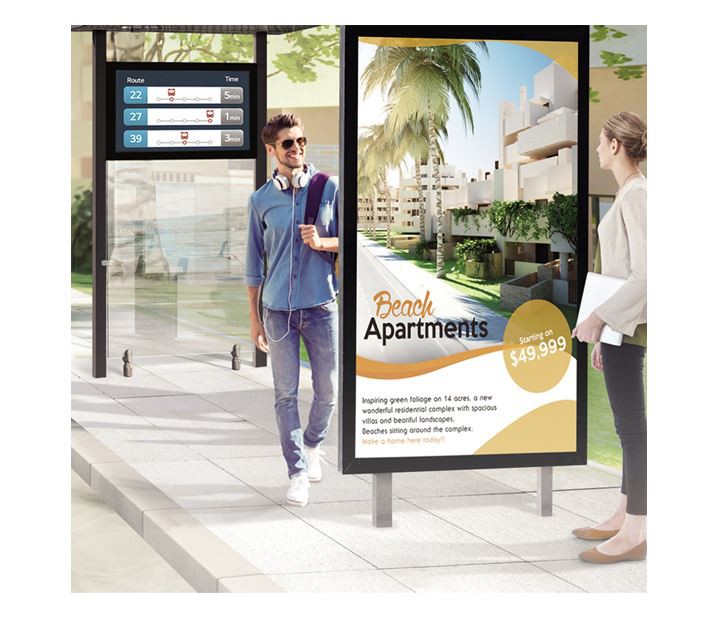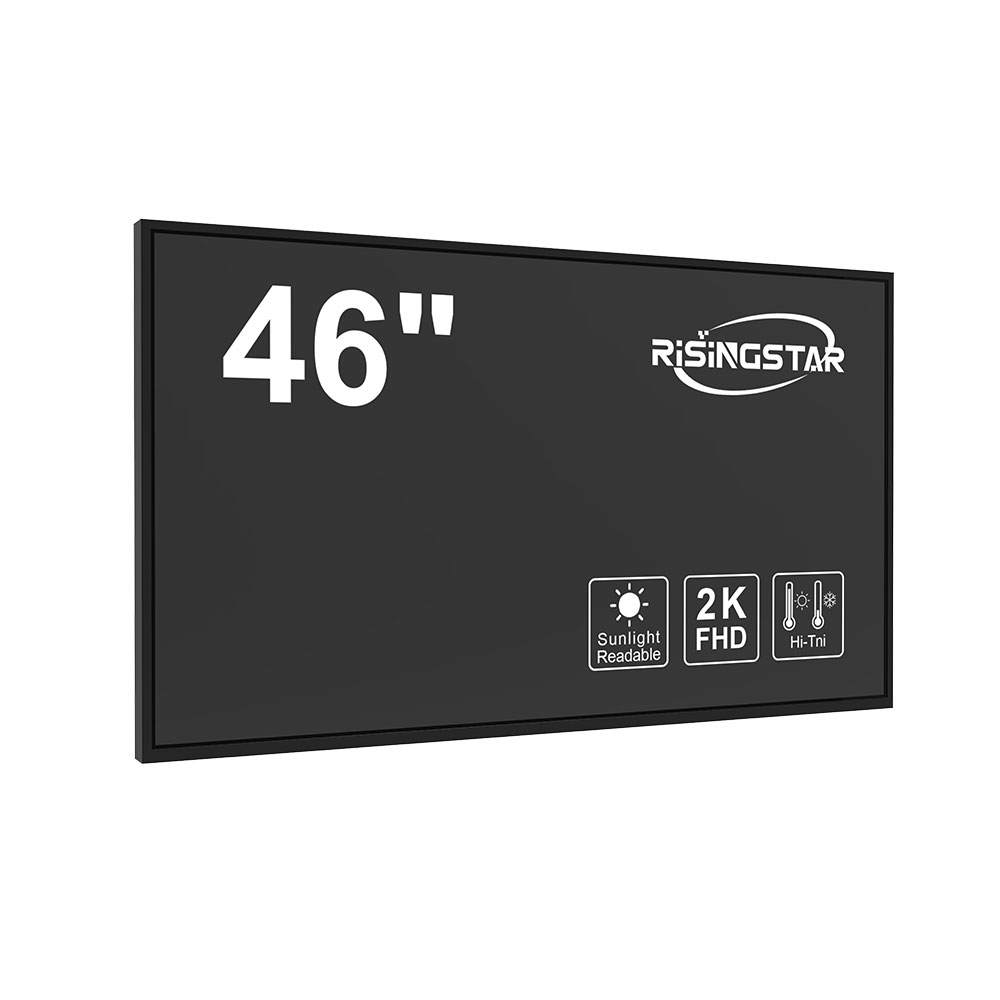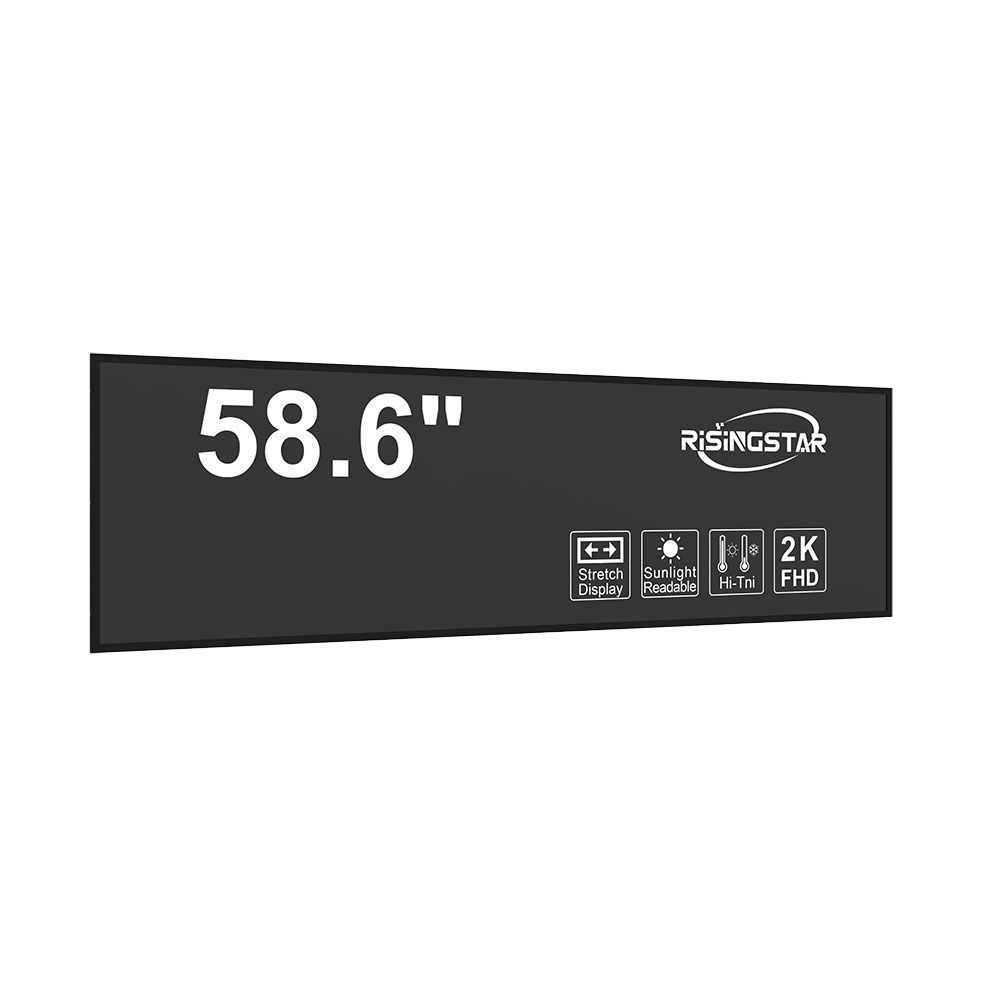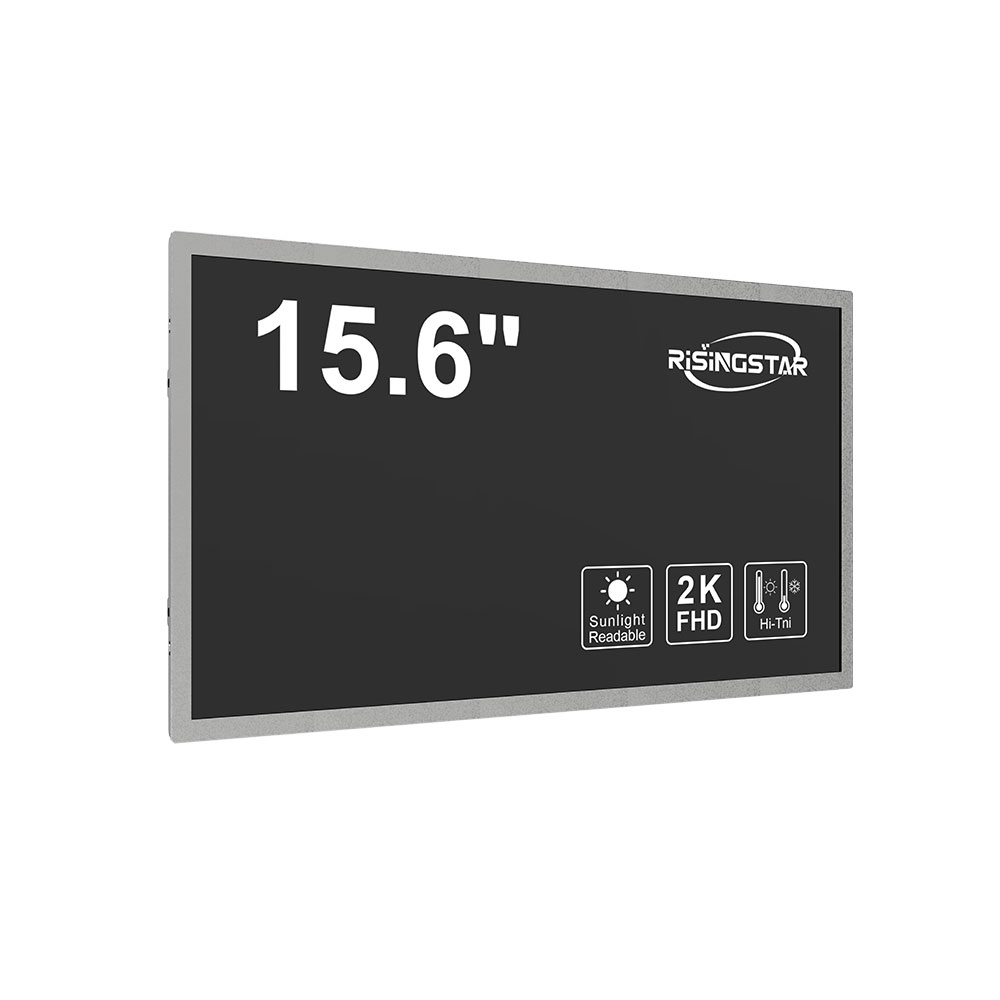High-brightness sunlight-readable LCD screens are essential in modern outdoor and industrial applications where visibility under direct sunlight is critical. These displays are engineered to maintain clarity, contrast, and color accuracy even in extreme lighting conditions—ranging from bright desert sun to overcast daylight. According to a 2023 report by MarketsandMarkets, the global market for high-brightness displays is projected to exceed $12 billion by 2028, driven by demand from military, transportation, medical, and industrial sectors.
The core challenge in designing such screens lies in overcoming ambient light interference. Conventional LCDs often fail in sunlight due to low peak brightness (typically 300–500 nits), which becomes washed out under solar irradiance exceeding 100,000 lux. In contrast, high-brightness sunlight-readable LCDs operate at 3,000 to 10,000 nits or more. This is achieved through advanced backlighting technologies like LED arrays with diffusers, local dimming, and optical enhancement films (OEFs) that boost luminance without excessive power consumption.

One key innovation is the use of transflective liquid crystal technology, which combines reflective and transmissive modes. In bright sunlight, the screen uses ambient light reflection (like e-readers), reducing power usage. In low-light environments, it switches to backlight illumination. This dual-mode approach has been validated in field tests by companies like Panasonic and ELO Touch Systems, which reported up to 40% energy savings in portable military devices using this method.
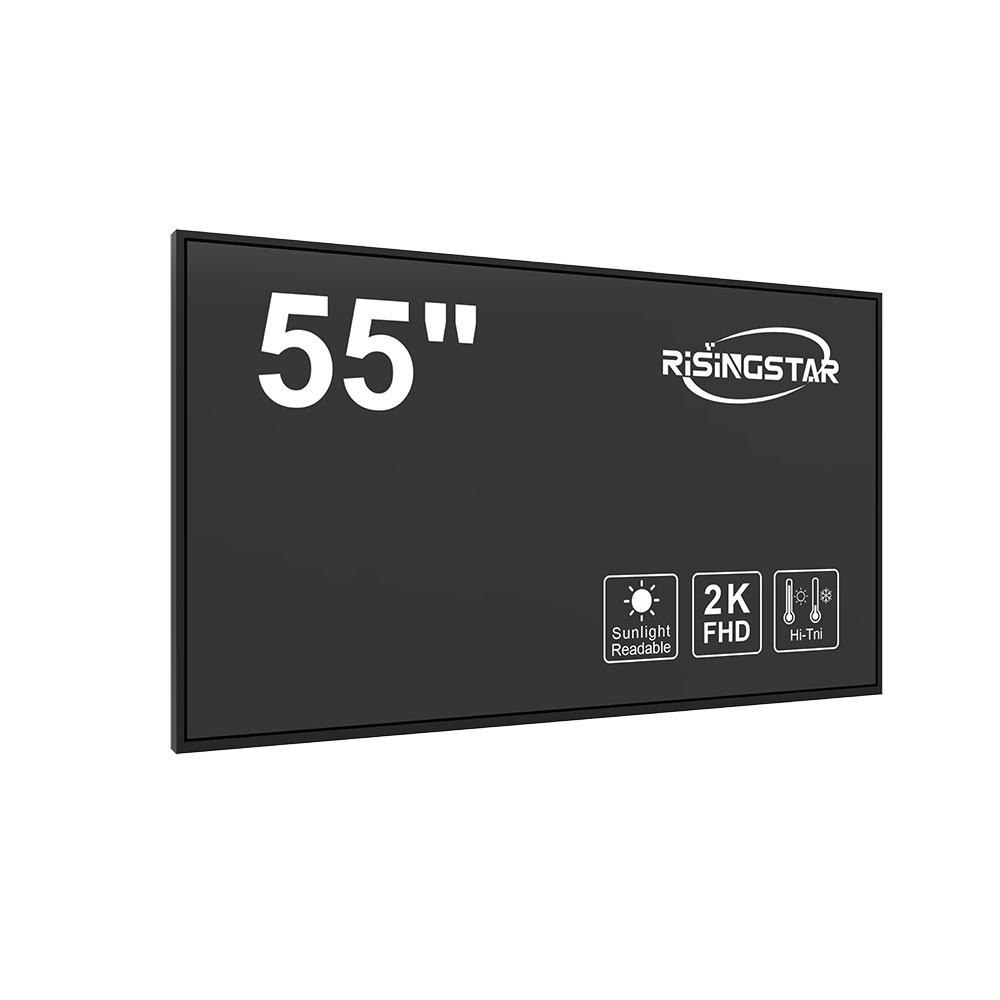
Moreover, anti-glare coatings and polarized filters prevent specular reflections that degrade readability. Some models incorporate active matrix addressing (TFT-LCD) with high pixel density (e.g., 1080p resolution) and wide viewing angles (>160°), ensuring usability across multiple positions—an advantage in cockpit dashboards or vehicle control panels. For example, the U.S. Army’s Joint Tactical Radio System (JTRS) now mandates sunlight-readable displays with minimum 5,000-nit brightness per MIL-STD-188-172 standards.
Environmental durability is equally important. These displays often meet IP65/IP67 ingress protection ratings, withstand vibration (per MIL-STD-810G), and function reliably from -30°C to +70°C. Case studies from Siemens and Honeywell show that deploying these screens in oil rigs and mining equipment improved operator efficiency by 22%, as workers no longer needed to squint or relocate to shaded areas.
Additionally, integration with touch sensors (resistive or capacitive) ensures usability in gloves or wet conditions—a necessity in aerospace and emergency response units. Recent advancements include machine learning-based adaptive brightness algorithms that adjust luminance dynamically based on ambient light sensors and user behavior patterns, further enhancing energy efficiency and longevity.
In summary, high-brightness sunlight-readable LCD technology is not merely about increasing nits—it’s a multidisciplinary engineering solution combining materials science, optical physics, thermal management, and human factors design. As global industries push toward automation, remote operations, and ruggedized IoT systems, the demand for these specialized displays will continue to grow. Manufacturers must adhere to international standards such as ISO 14971 (medical devices), EN 60950 (electronics safety), and IEEE 1003.1 (real-time operating systems) to ensure interoperability, safety, and long-term performance.




